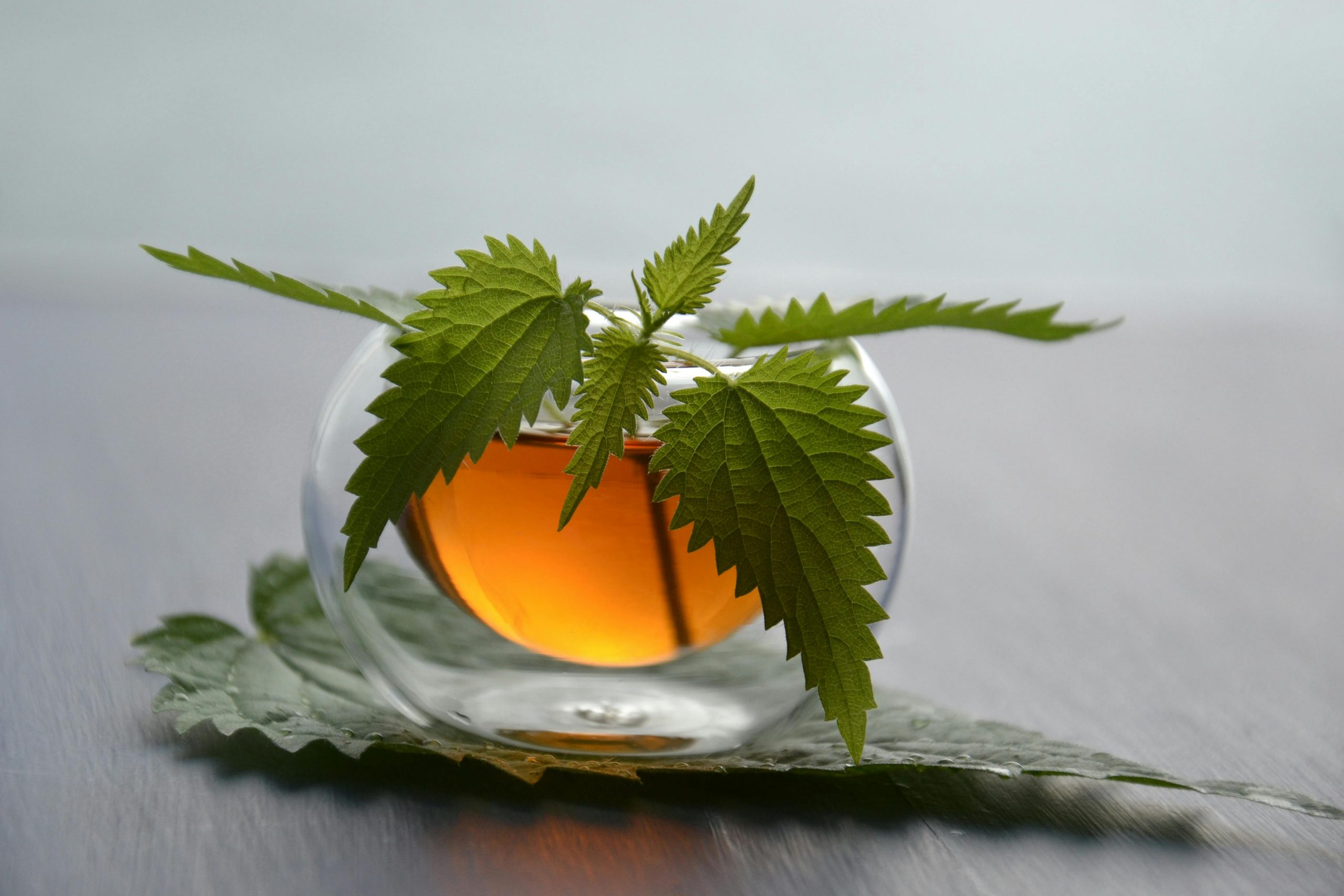Lots of people took up running in 2020, so there are more new runners than ever. If you’re one of those new runners, and you’re planning on training for a marathon or a half-marathon, taking part in a charity run, or are just running for fun, then you need to know how to properly recover from a long run. Maybe you sometimes find yourself dreading the post-run soreness and fatigue. When you push your body to perform intense exercise that it might not be used to, it is good to know what to do to aid recovery after your run or running event. Here are some of the top tips to help you to recover after the event.
Post-Run Nutrition

After you have exercised heard, it is essential that you replenish the stores of energy (glycogen/carbohydrates, electrolytes and protein) and the stores of fluid that you have lost during your run. This will help your body to recover from intense exercise and help your immune system which has been damaged by the exercise.
Carbohydrates

Within the first hour, after you have completed a run when your ability to synthesise glycogen is highest, it is a good idea to eat a carbohydrate-rich snack or meal, which will give you around 1 to 1.2g of carbohydrate per 1kg of your body weight.
Protein

When you exercise in an intense way, the exercise causes a breakdown in your muscle tissue. Protein is needed and is used to restore tissue and help with muscle adaptation. Essential amino acids from high-quality protein-rich foods in the hour after your exercise is a good idea to encourage this protein rebuilding. 10 to 20g of protein within the first-hour post-exercise is recommended.
Rehydration

It is very important that you replace the fluid that was lost during exercise. To make sure you properly rehydrate electrolytes, especially sodium, that are lost through sweat are needed. Sodium will help to reduce loss through urine and will mean you have an increased fluid balance after exercise. If you’re taking part in a race, weigh yourself before and after. A good guideline is to replace 1l of fluid for every 1kg you ‘lost’ during the event.
Cool Down Exercise

As well as wearing proper shoes, cooling down is one of the best ways to prevent injury. Some low-intensity exercise help to remove the build-up of lactic acid and promote blood flow to ease sore and tight muscles. You could perform a light jog or a walk after your run or the day after. This can then be followed by a short 5 to a 10-minute stretching session to help tight muscles. You can also find recovery aids at Simple Online Pharmacy.
Soft Tissue Recovery
You can help soft tissue recovery at home by foam rolling or wearing compression garments. Foam rolling can be done on the back, ITB, hamstrings, quads, and calves. Try to spend two lots of one-minute intervals on each area. Compression garments are recommended to be worn for 24hours after exercise. Both techniques can help to reduce muscle soreness after exercise and can enhance muscle performance recovery.
Recovery Massage

A post-run recovery massage can reduce excessive post-exercise muscle tone, increase your muscle range of motion, increase your circulation and nutrition to any damaged tissue, and deactivate the symptomatic trigger point, ease soreness, and delay onset muscle soreness (DOMS). Soft tissue therapy can also aid in the psychological recovery after a race event, alongside warm baths and showers to encourage muscle relaxation and allow recovery.
Ice

There is often some debate around whether or not ice baths (cold water immersion) is beneficial after exercise. For runners, ice can help to decrease inflammation resulting from intense activity. It can also help to reduce muscle soreness after activity.
The day after something like a race, you can use heat to help to relax tight muscles. Heat will also promote blood flow into the area, which can help to recover from lactic acid build-up.
Sleep

A good night’s sleep that consists of around 8 hours is very important for muscle recovery, as well as other biological functions. You could wear compression garments to bed to further aid with recovery. A good night’s sleep can be easier to get if you keep your bedroom cool, dark and quiet, and free of any electronic distractions. Ideally, you should have a well-developed routine for sleep, that uses these strategies and avoid drinking caffeine and other excessive fluids before you go to bed.

8 Easy Ways to Boost Your Metabolism and Burn Fat Faster
Your metabolism is the process by which your body breaks down food and converts it into energy. While we all know that exercise is the ultimate metabolism booster, there are

Fuel Your Hustle: The Essential Guide to Balanced Nutrition
My loves, in a world where health trends are constantly shifting, it can feel overwhelming trying to figure out what to eat to stay healthy. Whether you’re grinding from your

Sip Your Way to Wellness with Nettle Tea!
This post my loves has been long overdue but one I have wanted to pen for a while because I have been singing about Nettle Tea for over 18 years, Yes, you read that right. Alongside my favourite herbal tea of all time (that would be Green Tea) I credit Nettle Tea for helping me with making my skin completely spot free as well as being a major help for my bloating. I also think out of all the herbal teas I consume, Nettle tastes the best; and even better with a teaspoon of honey!.







